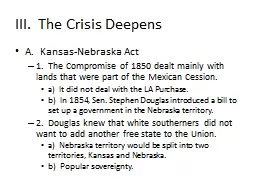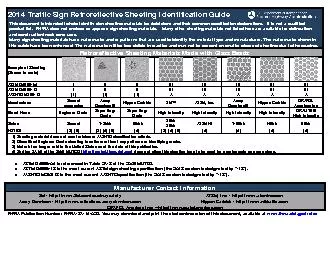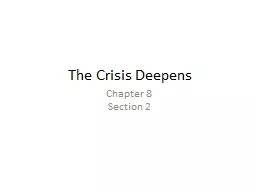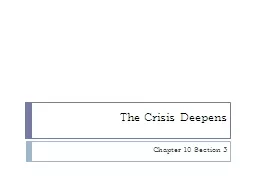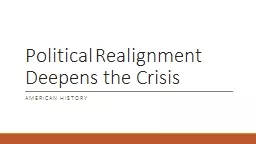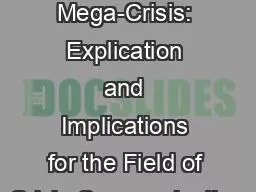PPT-III. The Crisis Deepens
Author : olivia-moreira | Published Date : 2017-04-08
A KansasNebraska Act 1 The Compromise of 1850 dealt mainly with lands that were part of the Mexican Cession a It did not deal with the LA Purchase b In 1854 Sen
Presentation Embed Code
Download Presentation
Download Presentation The PPT/PDF document "III. The Crisis Deepens" is the property of its rightful owner. Permission is granted to download and print the materials on this website for personal, non-commercial use only, and to display it on your personal computer provided you do not modify the materials and that you retain all copyright notices contained in the materials. By downloading content from our website, you accept the terms of this agreement.
III. The Crisis Deepens: Transcript
Download Rules Of Document
"III. The Crisis Deepens"The content belongs to its owner. You may download and print it for personal use, without modification, and keep all copyright notices. By downloading, you agree to these terms.
Related Documents

